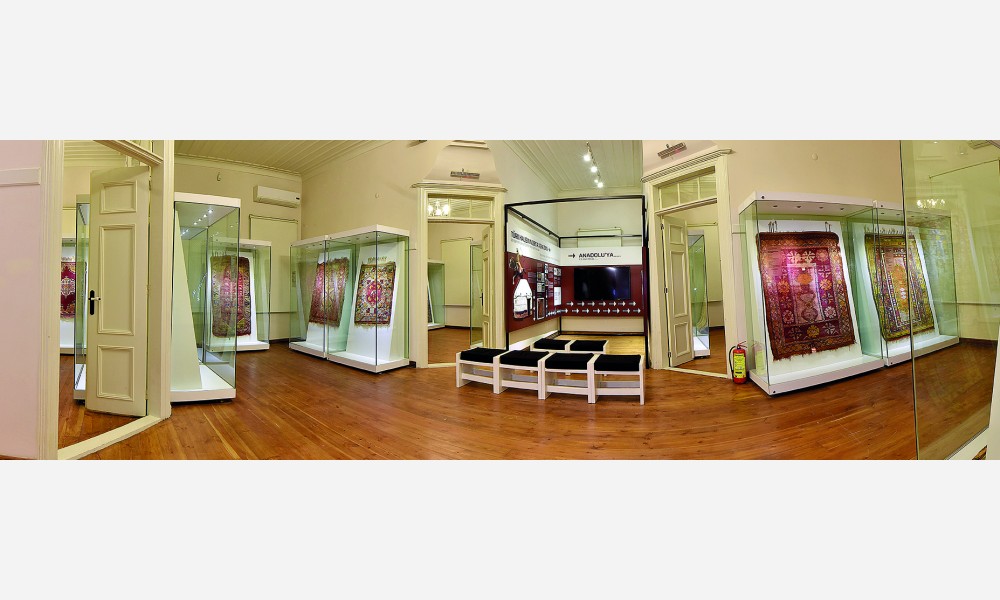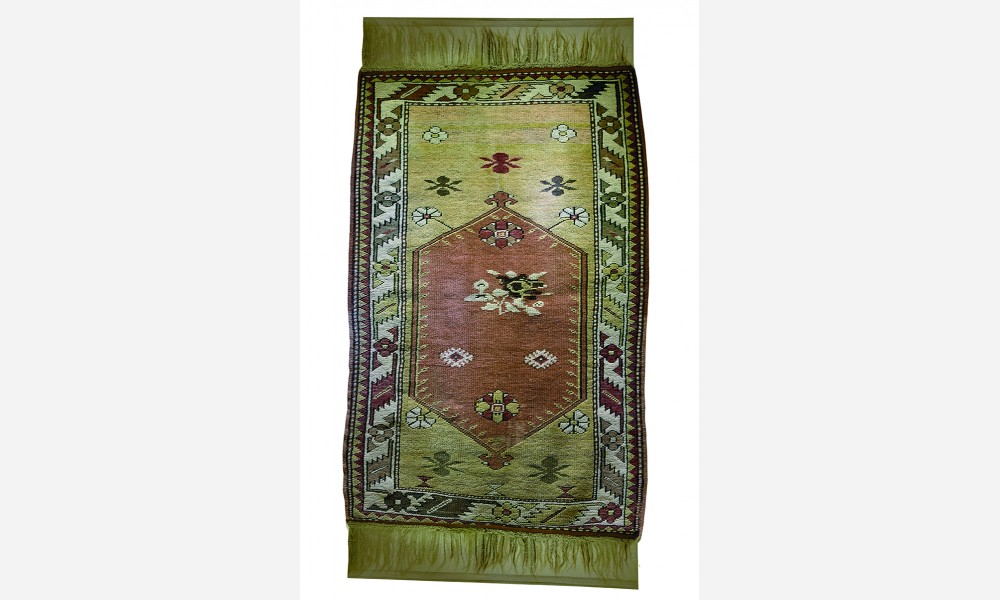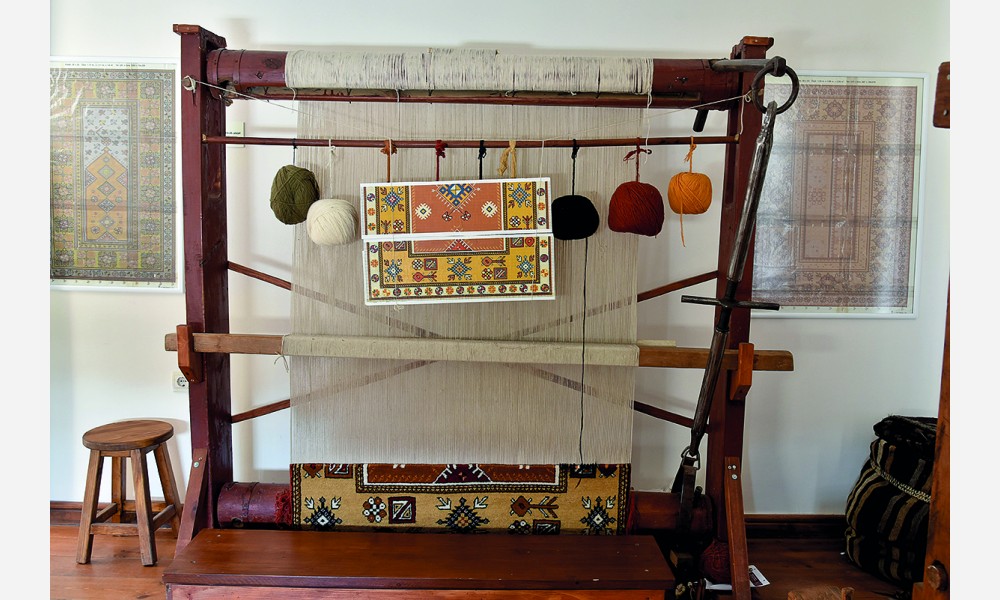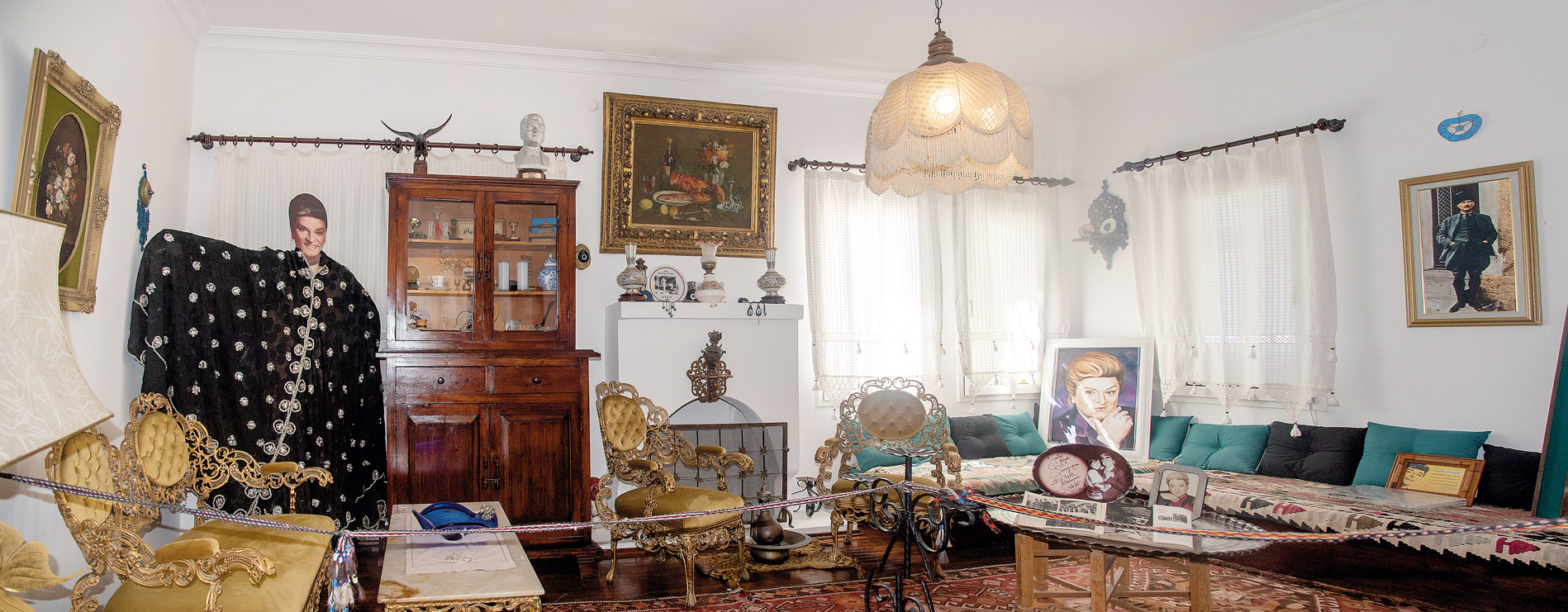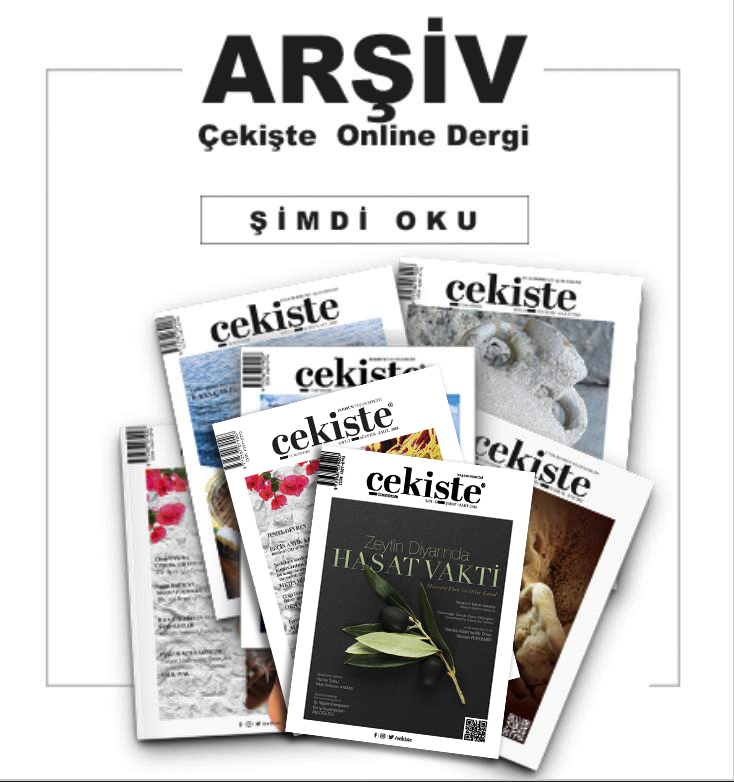Milas Carpet Museum
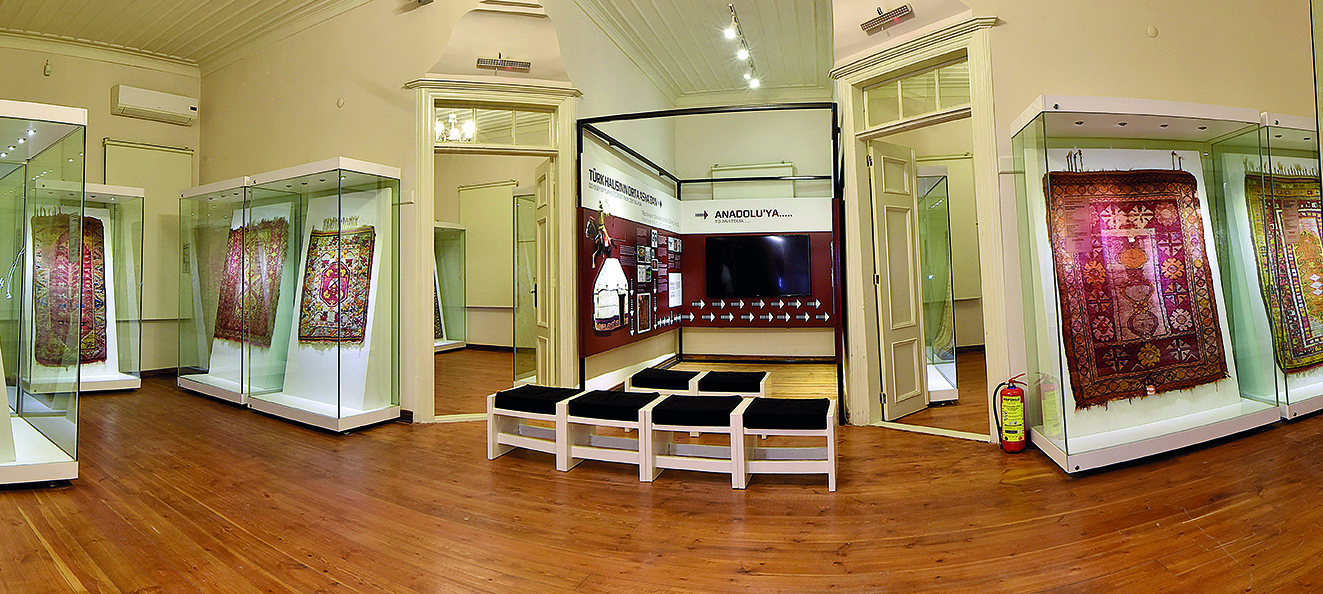
Carpets are the works of art through which life passes...
The Milas Carpet Museum is giving a voice to a story told by the nodes.
If you ask the reason, the most important element that gives the character of the carpet is the knotted technique. The method which is called the “Turkish knot”, in world art language, distinguishes a traditional handicraft, the Turkish carpet, from its counterparts. The migration of the Turkish knot from Central Asia continues to live in the tie knots of Milas carpets.
This cultural heritage brought by Turks from Central Asia to Anatolia is under protection at the Milas Carpet Museum located in the Uzunyuva Monumental Tomb Archaeological Park.
Milas Carpet has a worldwide reputation for its diversity in patterns and colours. Contrary to what is believed, the main figures of the museum, historical carpets, are exhibited not on the floor but on the walls in showcases. There are 26 Milas carpets exhibited. If you wonder how these carpets met under this roof, it also has a story to tell. So to say, after a long and busy search door-to-door, these rare pieces of art can be reached. The richest source is, of course, the mosques. Anatolia has a tradition of donating carpets to mosques. It is believed that the sawab (Spiritual merit or reward that accrues from the performance of good deeds and piety) to be earned while praying on the carpet is also to be shared with the person who granted it to the mosque. The museum collection is created by collecting donated carpets, whose historical and artistic value is high, to mosques. The Milas carpets, which are reached, carry the life experience of the past and the memory of today in the museum collection.
There are a total of nine rooms within the two-storey museum building. How do we recognise the Milas carpet? How are the pattern and the motif? How is the colour obtained? The journey of Turkish carpets from Central Asia to Anatolia and the Milas carpet... They are explained in the elaborately illustrated panels in Turkish and English.
The exhibition includes two 19th-century wooden carpet weaving looms. Milas carpet is weaved in front of the visitors in one of the looms. Walnut shells in sleek jars, onion peels, acorns, pellets, yellow daisies, leaf petals, olive leaves, grape leaves and walnut leaves are arranged in the glass compartment inside the room. These are the materials used to obtain madder paint. Carpet yarns dyed with natural dyes, have a feature that it does not fade for years and increases its brightness no matter how long the carpet is used.
In the glass showcases downstairs, a Kerman carpet from the period of the Sultan Genc Osman (Osman II), yarn spinners, spinning wheels, shuttle looms, loincloths, embroidered veils, vests, fasteners for Zeybek clothes, coloured cotton Zeybek kerchief, fabric fasteners, three-skirts (Dress consists of three parts with slit skirt), hand knotted gobelins, salt bags, saddlebags and saddles are exhibited.
In the glass showcases upstairs; Milas carpets are exhibited. Carpets’ patterns, composition properties, web lengths, measurements and details such as when they were made and where they were found are included on the labels used in the showcase.
In the Uzunyuva Monumental Tomb Archaeological Park, not only the Milas carpets welcome the visitors. The monumental tomb of King Hecatomnus of Caria included on UNESCO's Temporary Heritage List in 2012, the Ethnography Museum in a historical mansion, the Milas Carpet Museum and a replica of the mausoleum are also in the complex.

